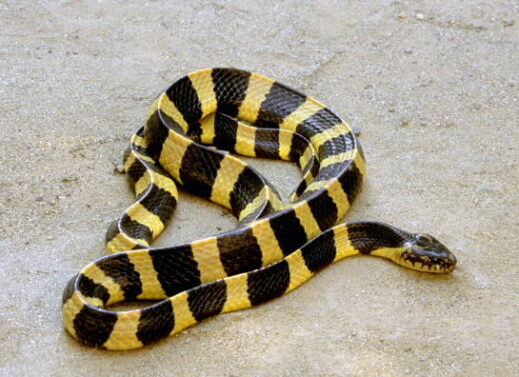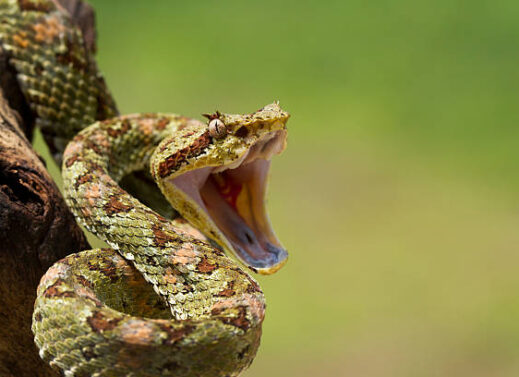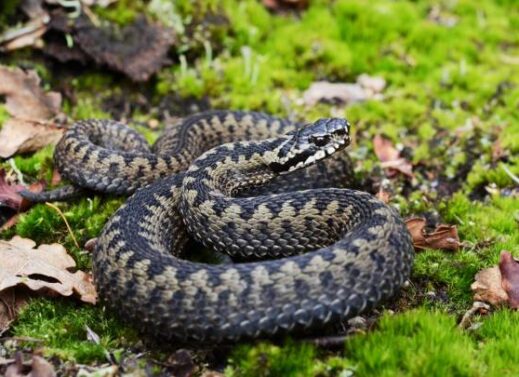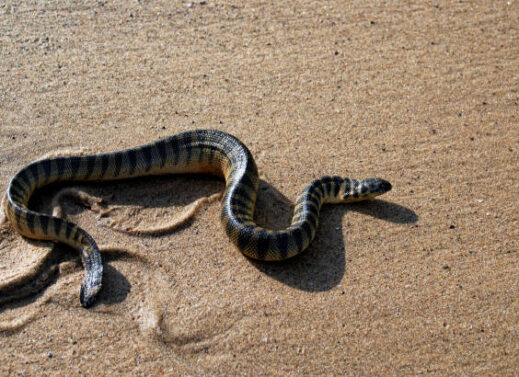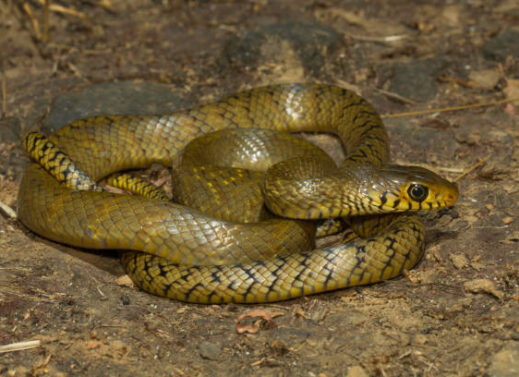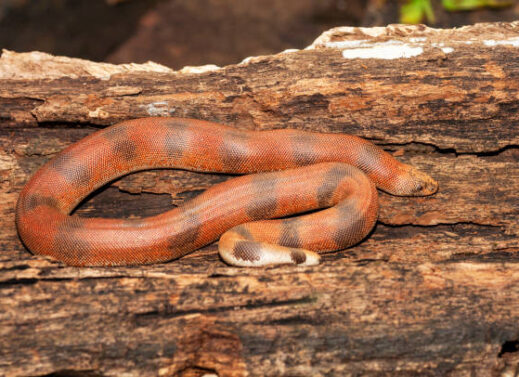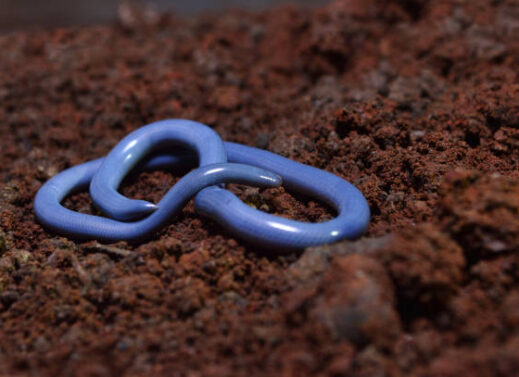Top 10 Most Venomous Snakes in the World
Top 10 Most Venomous Snakes in the World 1. Inland Taipan (Oxyuranus microlepidotus) – The Fiercest Snake on Earth The Inland Taipan (Most Venomous Snakes in the World), also known as the “Fierce Snake” or “Small-Scaled Snake,” is the undisputed champion when it comes to venom potency. Found in the…



